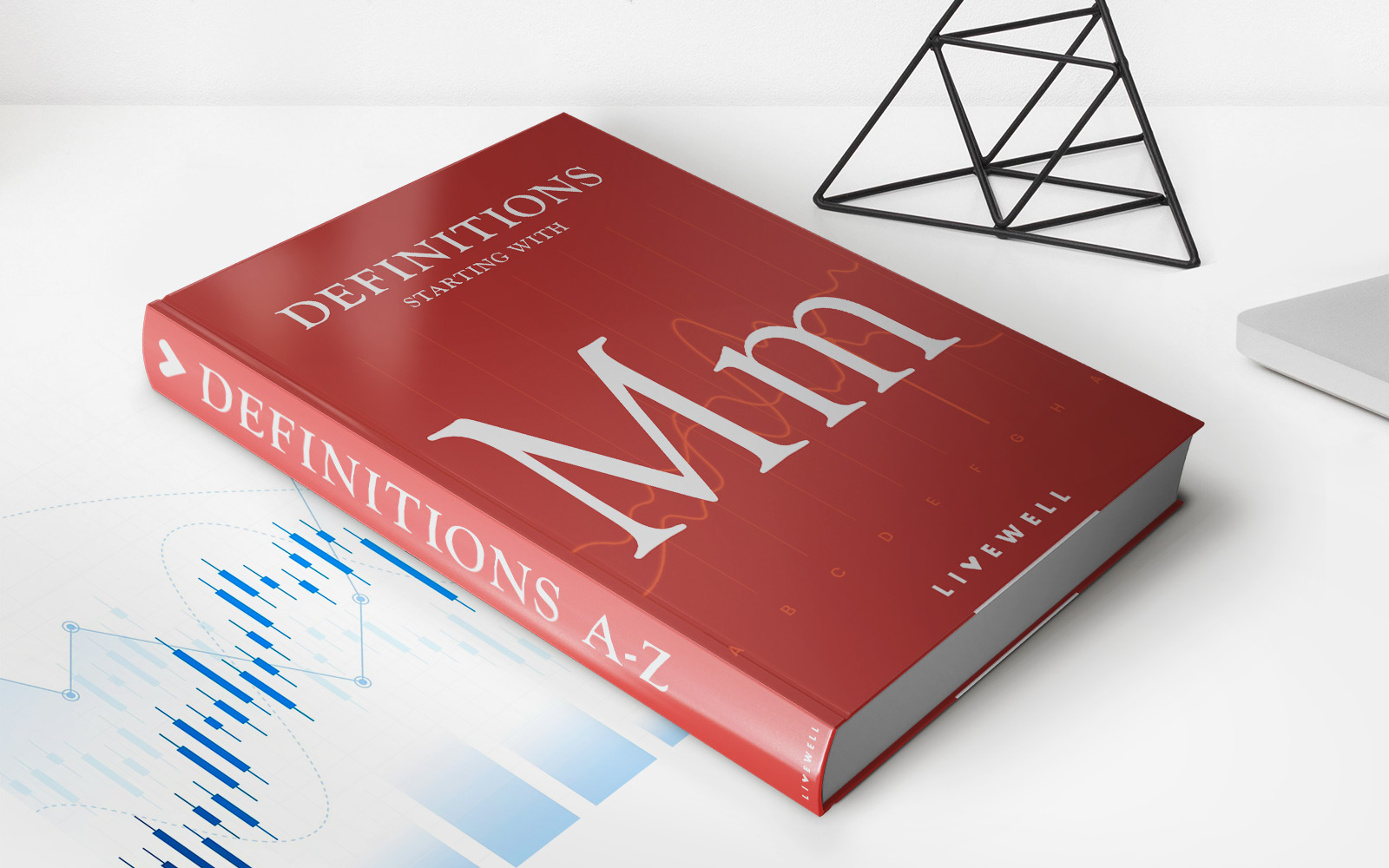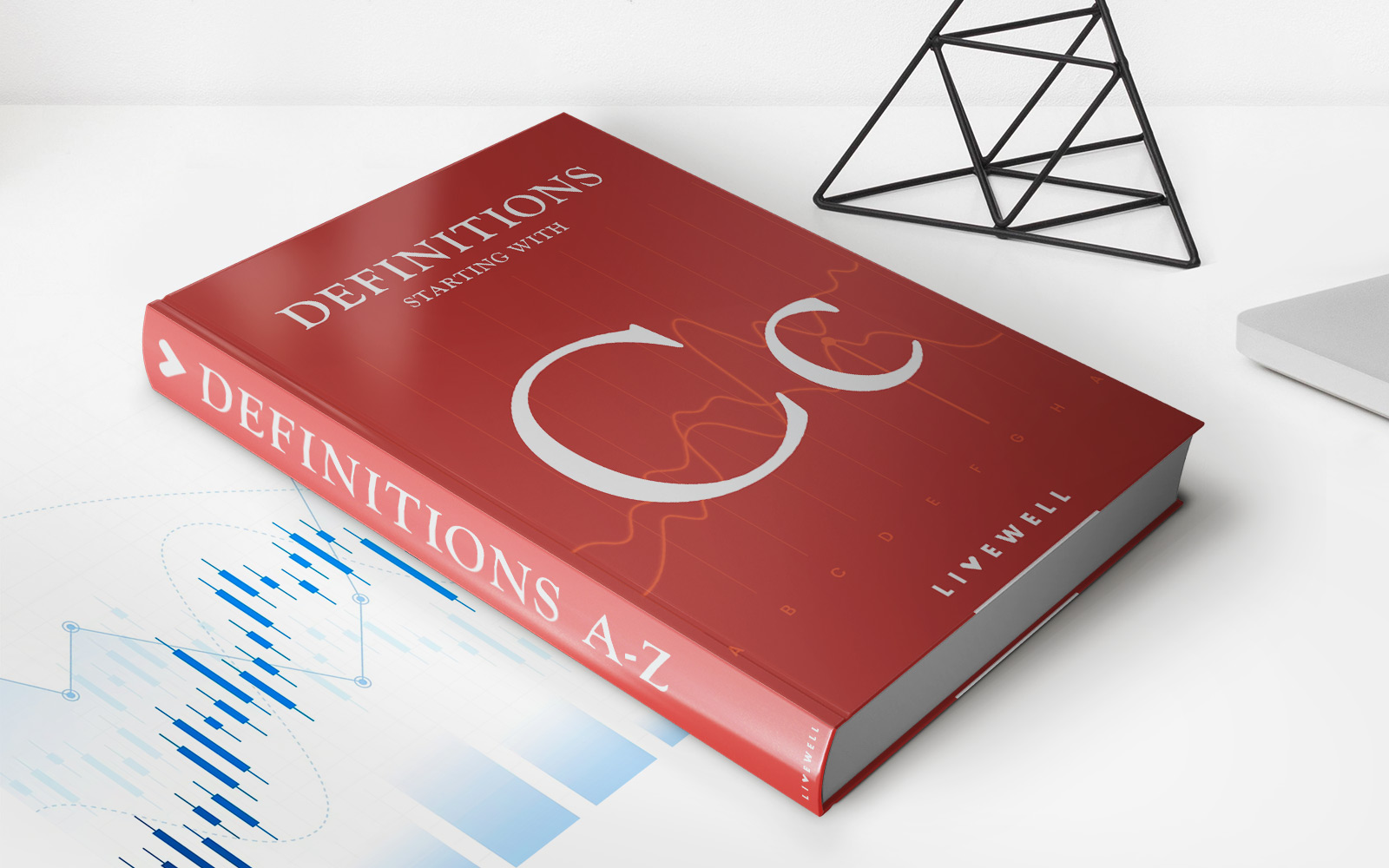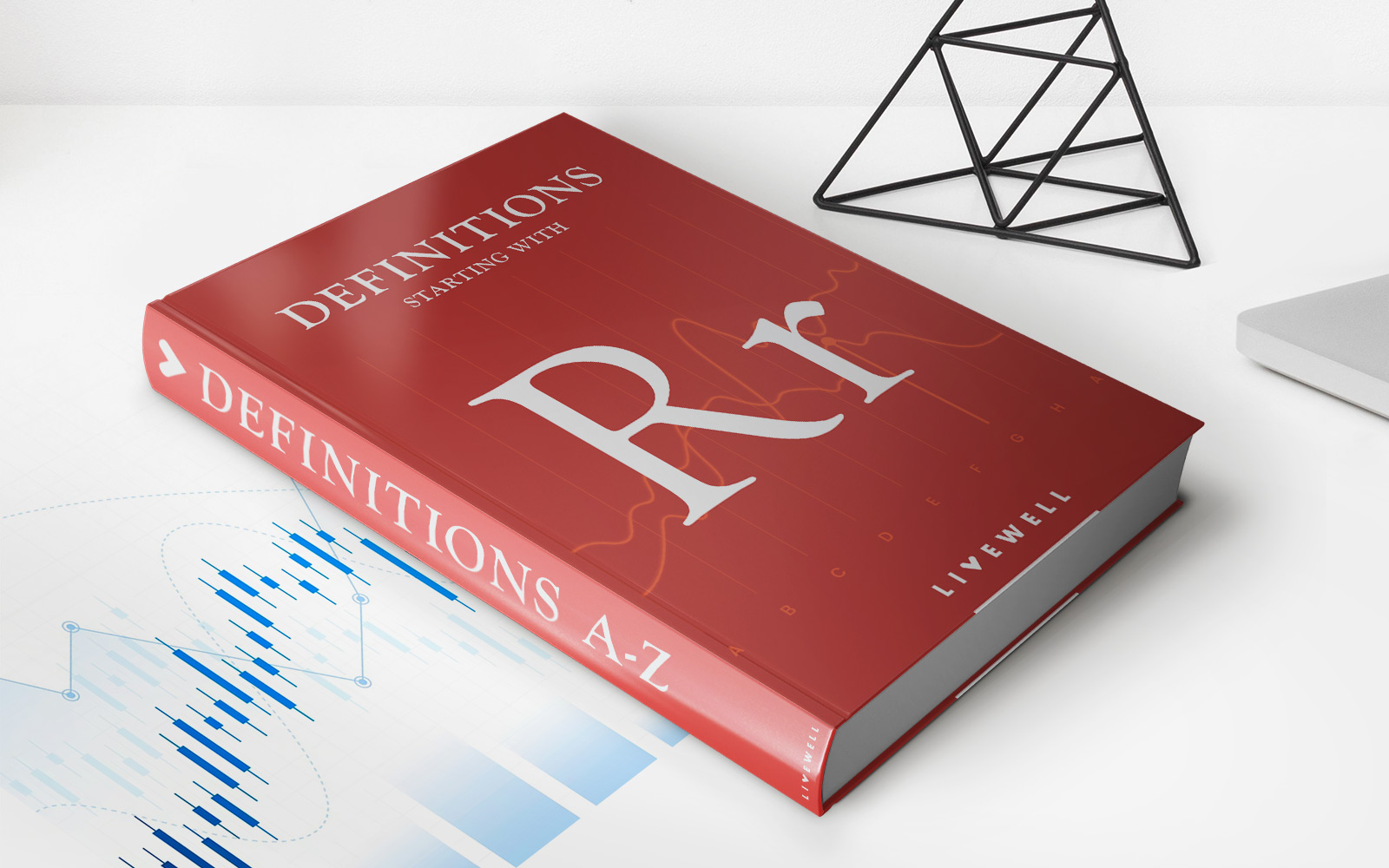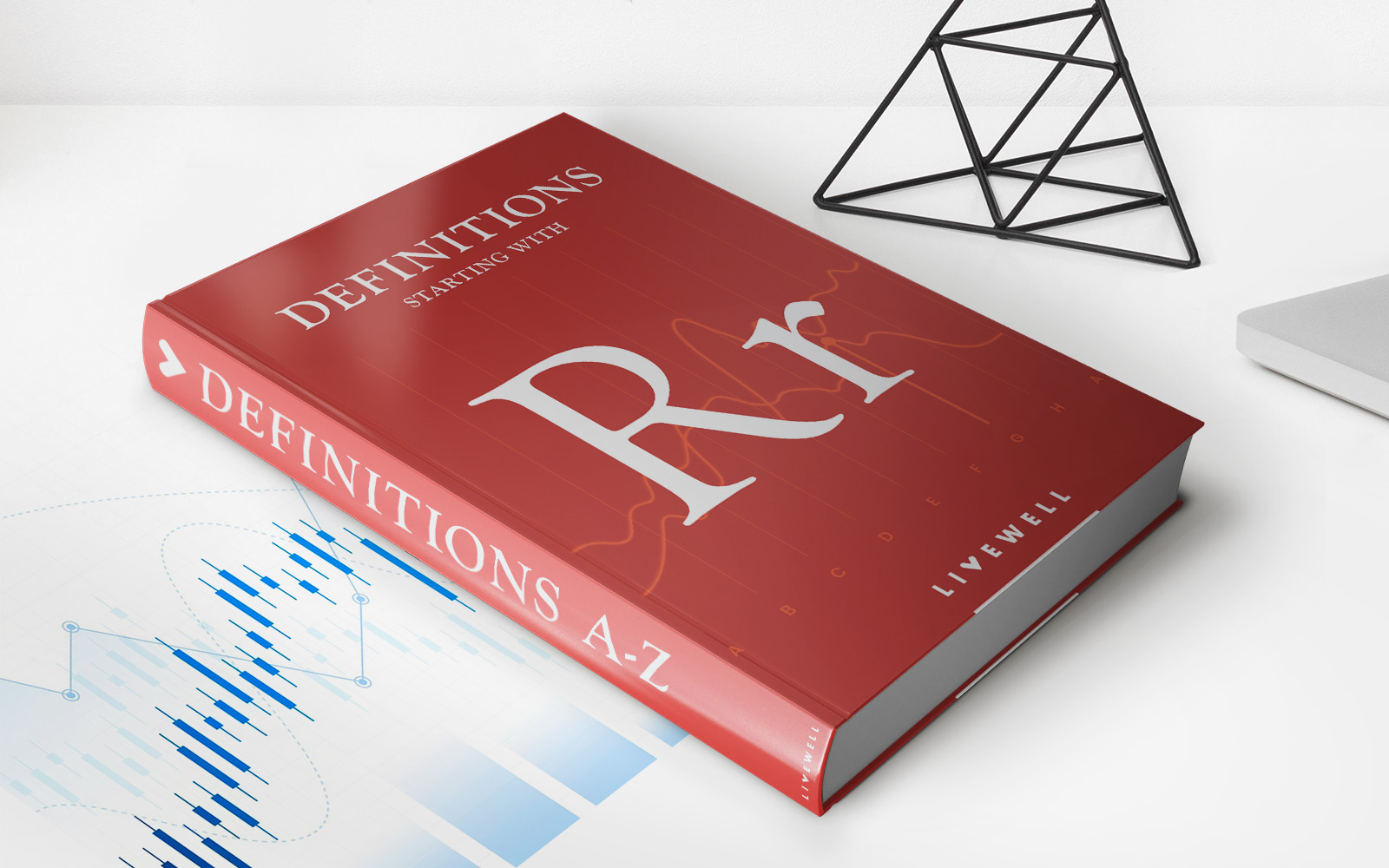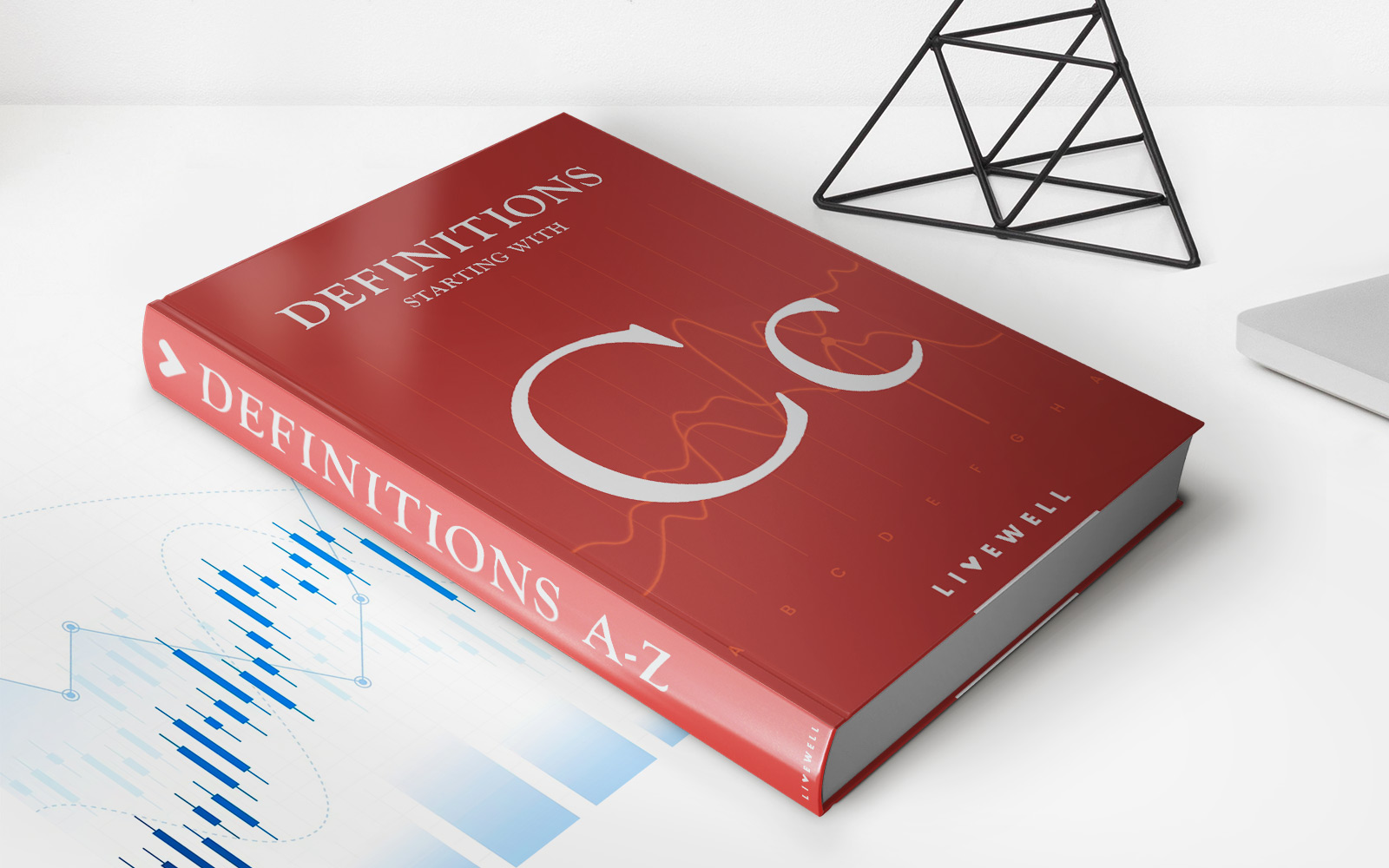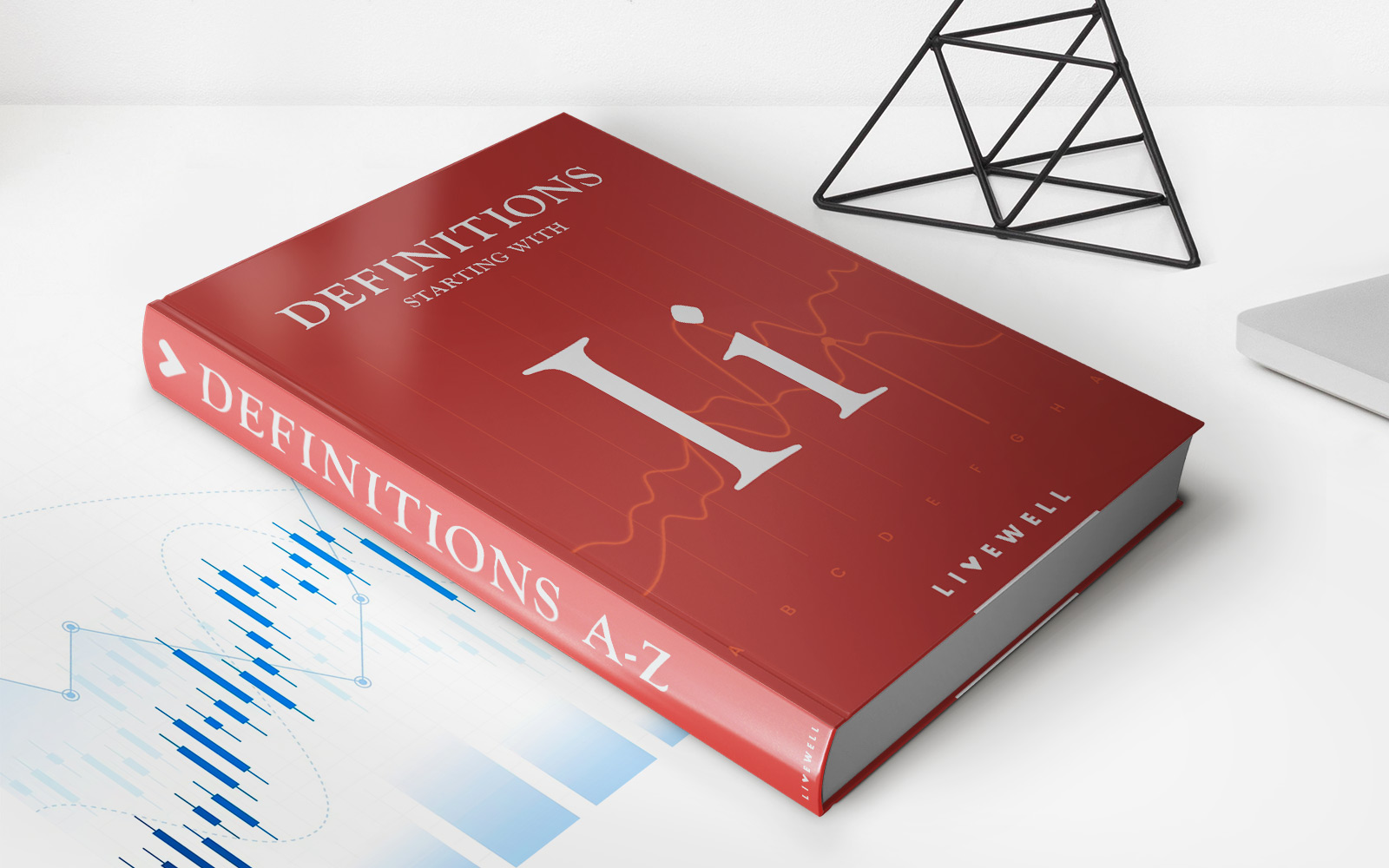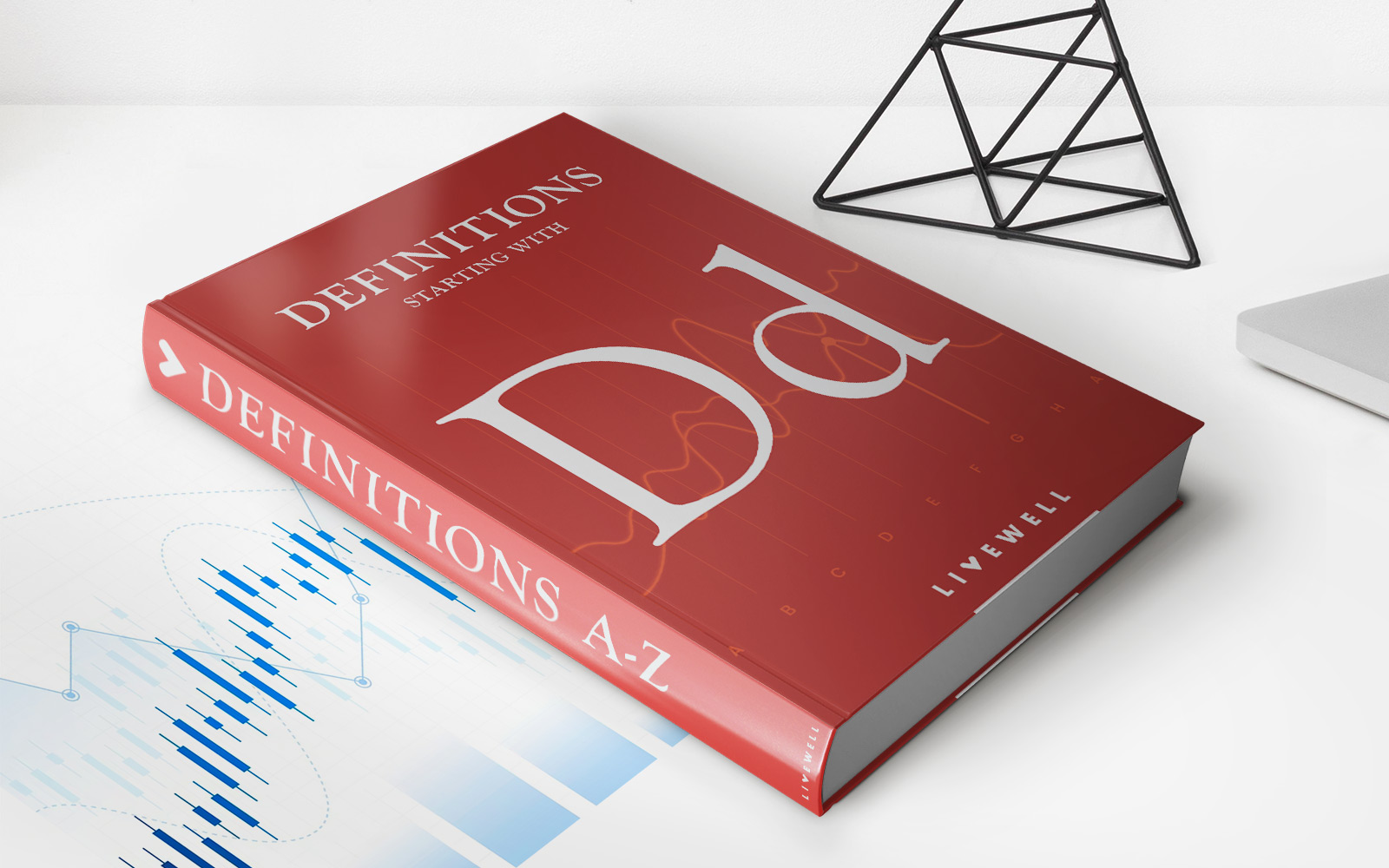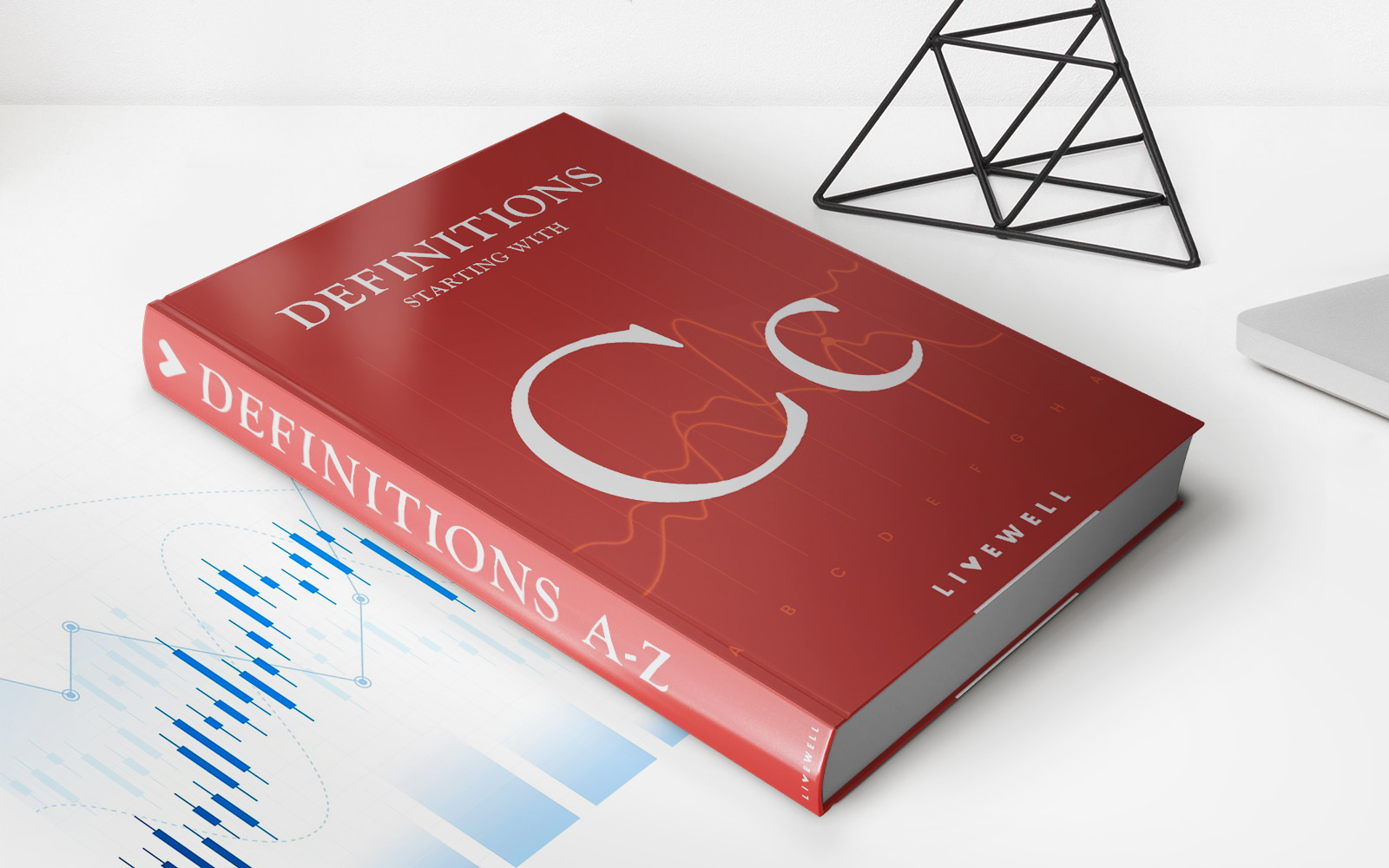Home>Finance>Wage Push Inflation: Definition, Causes, And Examples


Finance
Wage Push Inflation: Definition, Causes, And Examples
Published: February 17, 2024
Learn about wage push inflation in finance. Understand its definition, causes, and examples. Gain insights into how wage increases impact overall inflation levels.
(Many of the links in this article redirect to a specific reviewed product. Your purchase of these products through affiliate links helps to generate commission for LiveWell, at no extra cost. Learn more)
Understanding Wage Push Inflation: Definition, Causes, and Examples
When it comes to the world of finance, there are numerous terms and concepts that can sometimes seem overwhelming. One such concept is wage push inflation. In this blog post, we will unravel the intricacies of wage push inflation, explore its causes, and provide real-world examples to help you grasp this economic phenomenon.
Key Takeaways:
- Wage push inflation occurs when rising wages lead to an increase in the overall price level of goods and services.
- Causes of wage push inflation include labor unions demanding higher wages, increases in the minimum wage, and labor scarcity.
What is Wage Push Inflation?
Wage push inflation refers to a situation where rising wages, particularly within the labor market, contribute to an increase in the general price level of goods and services. It can occur when workers demand higher wages due to factors such as increased bargaining power, rising living costs, or changes in government policies.
Wage push inflation often becomes a cyclical process. As wages increase, businesses face higher production costs. To maintain their profit margins, they pass these increased costs onto consumers by raising prices. As a result, consumers have to spend more money to afford the same goods and services, causing an overall increase in the general price level.
Causes of Wage Push Inflation
Several factors can contribute to wage push inflation:
- Labor Unions: Labor unions play a significant role in negotiating wages and benefits for workers. When unions successfully bargain for higher wages, it can lead to increased production costs and, consequently, inflation.
- Minimum Wage: Increases in the minimum wage set by the government can also contribute to wage push inflation. When the minimum wage rises, employers often must raise wages for all employees, resulting in higher production costs and pricing adjustments.
- Labor Scarcity: During periods of labor scarcity, where the demand for workers exceeds the available supply, workers possess more bargaining power. As a result, they can demand higher wages, which can lead to wage push inflation.
Examples of Wage Push Inflation
Real-world examples of wage push inflation can provide a better understanding of its impact:
- In the 1970s: The 1970s witnessed a significant increase in wage push inflation. Rapidly rising wages, especially in the manufacturing sector, led to heightened production costs. This, in turn, forced companies to increase prices, resulting in stagflation, a combination of high inflation and unemployment.
- Minimum Wage Increases: When governments increase the minimum wage, it can potentially trigger wage push inflation. For instance, if the minimum wage is suddenly doubled, businesses may need to raise prices to cover the higher labor costs, leading to an overall increase in consumer prices.
- Strong Labor Unions: Countries with strong labor unions, such as Sweden and Germany, have experienced instances of wage push inflation. These unions negotiate higher wages for their members, increasing costs for businesses and potentially leading to inflationary pressures.
Wage push inflation can have far-reaching consequences on an economy, impacting consumer purchasing power, business profitability, and even government policy. Recognizing its causes and effects can help individuals and policymakers make informed decisions to mitigate its effects.
Now that you have a clearer understanding of wage push inflation, the causes behind it, and the examples that illustrate its impact, you’re better prepared to navigate the intricate realm of finance. Stay informed, stay vigilant, and make decisions that align with your financial goals.


